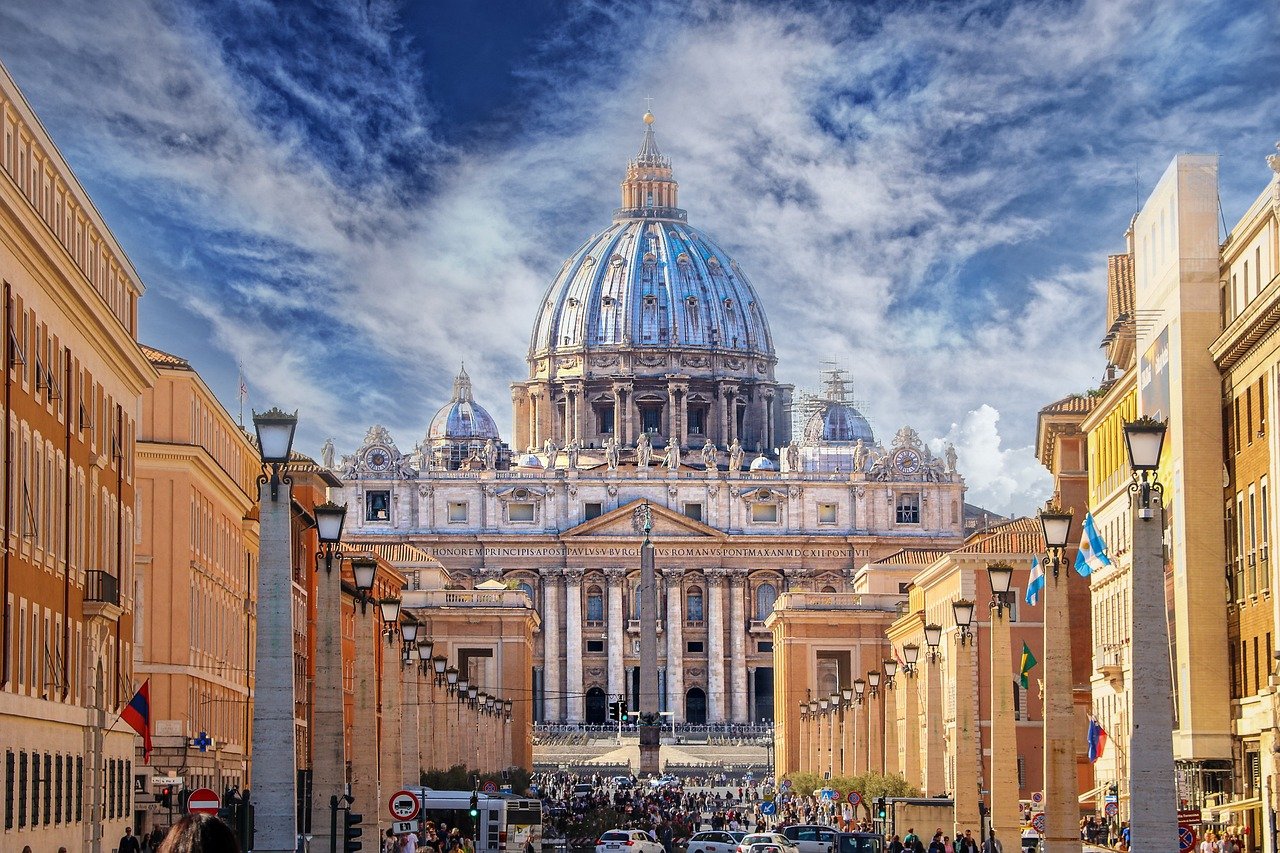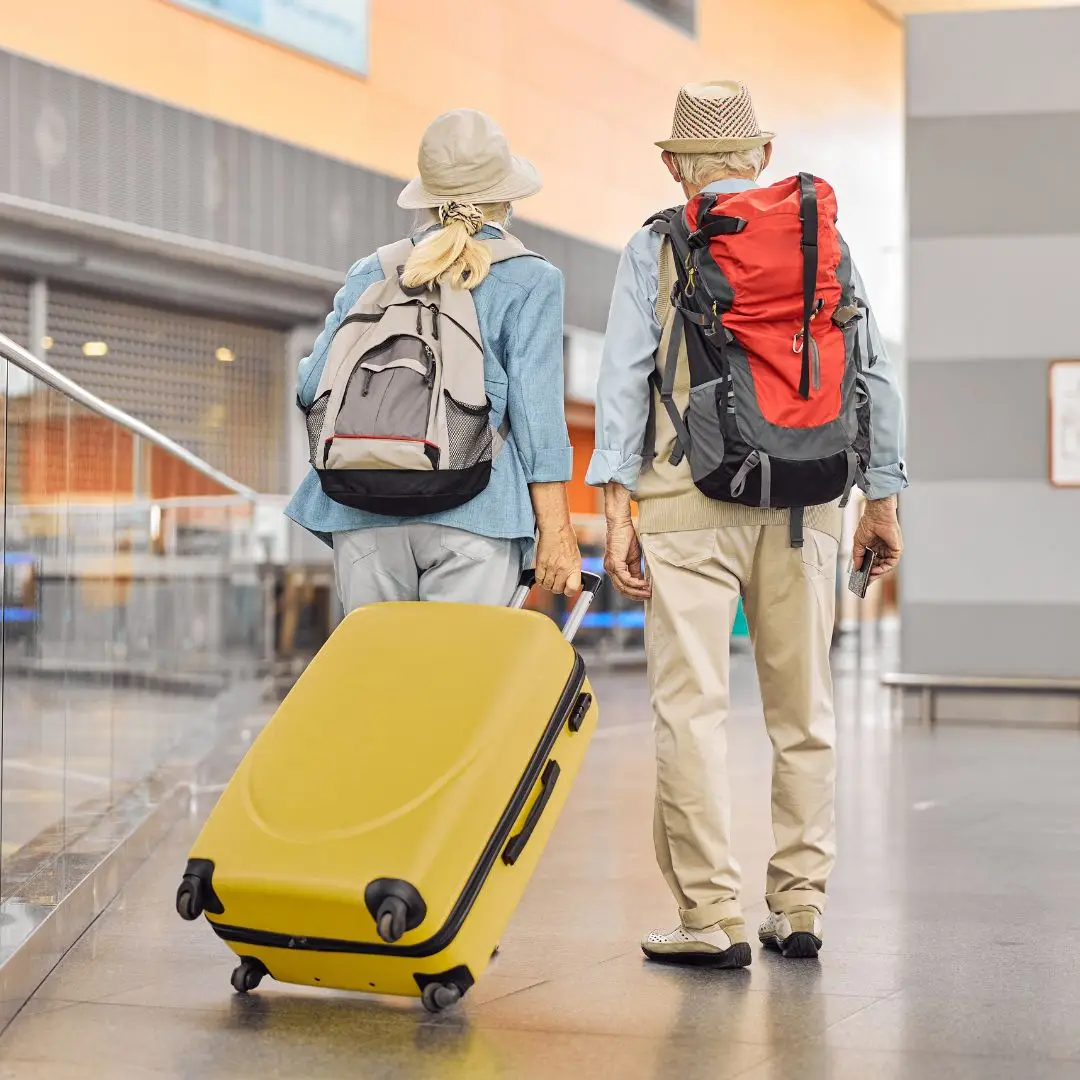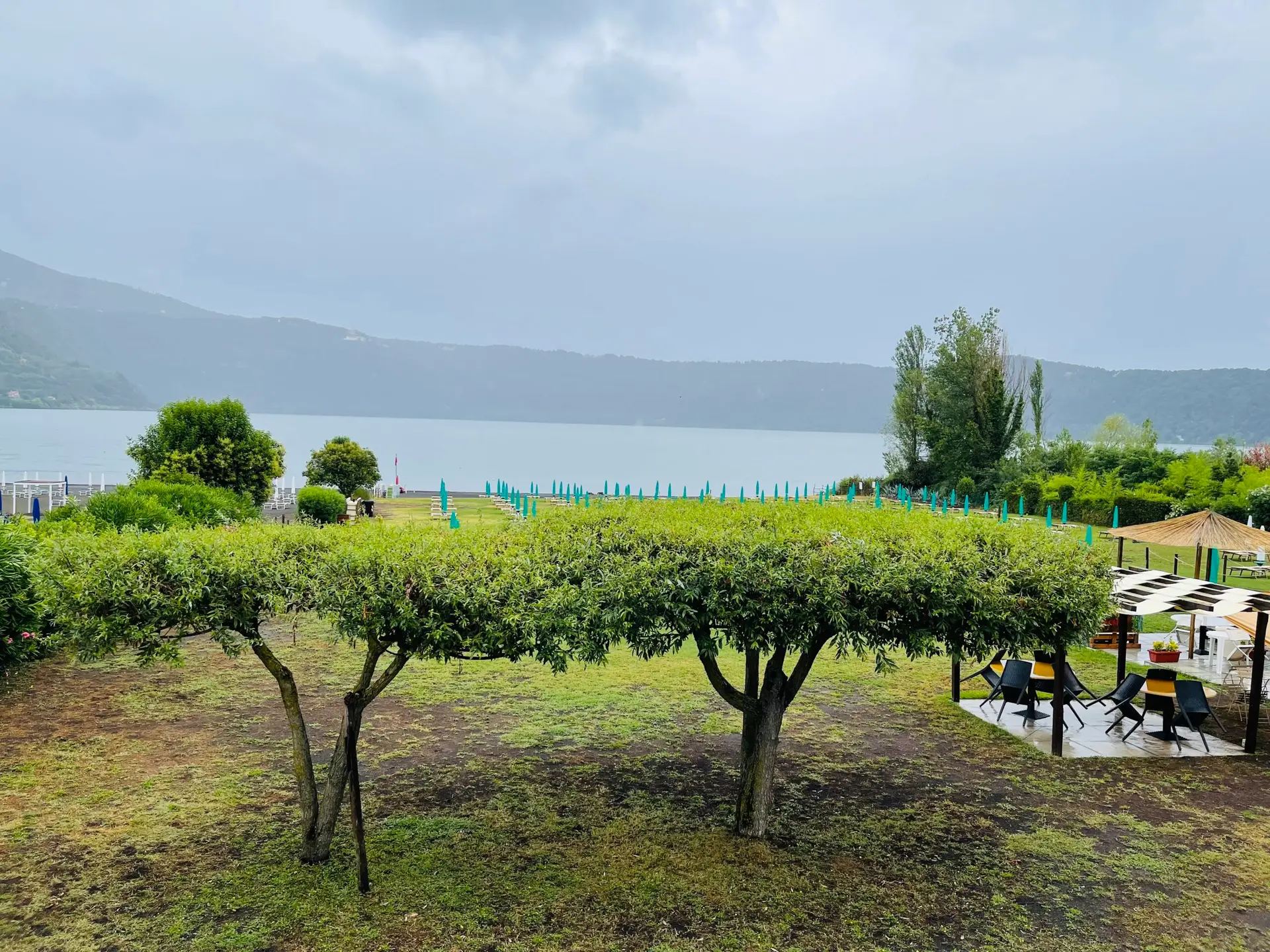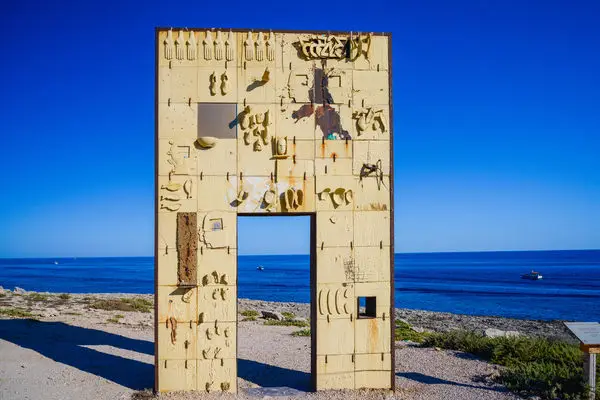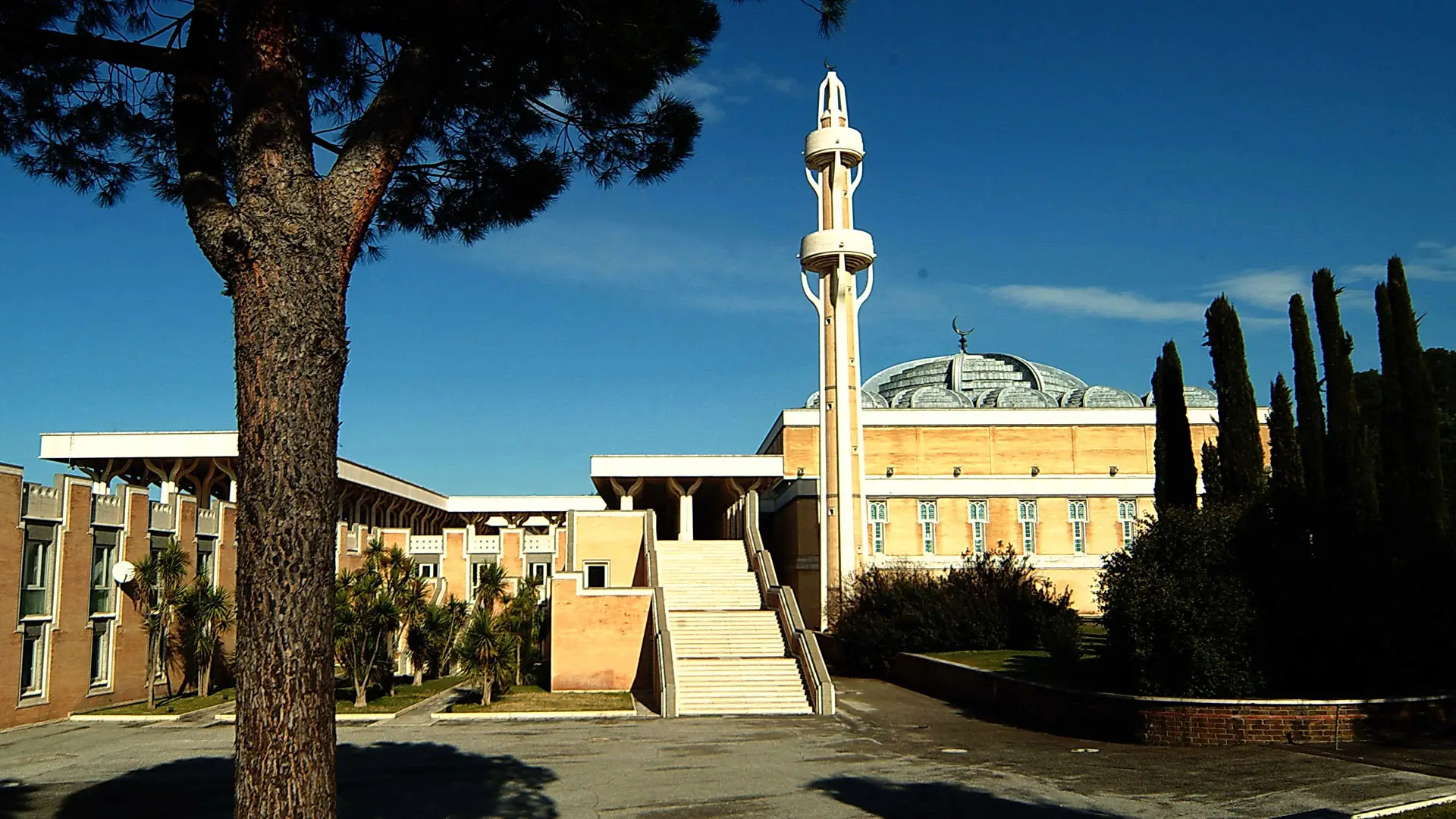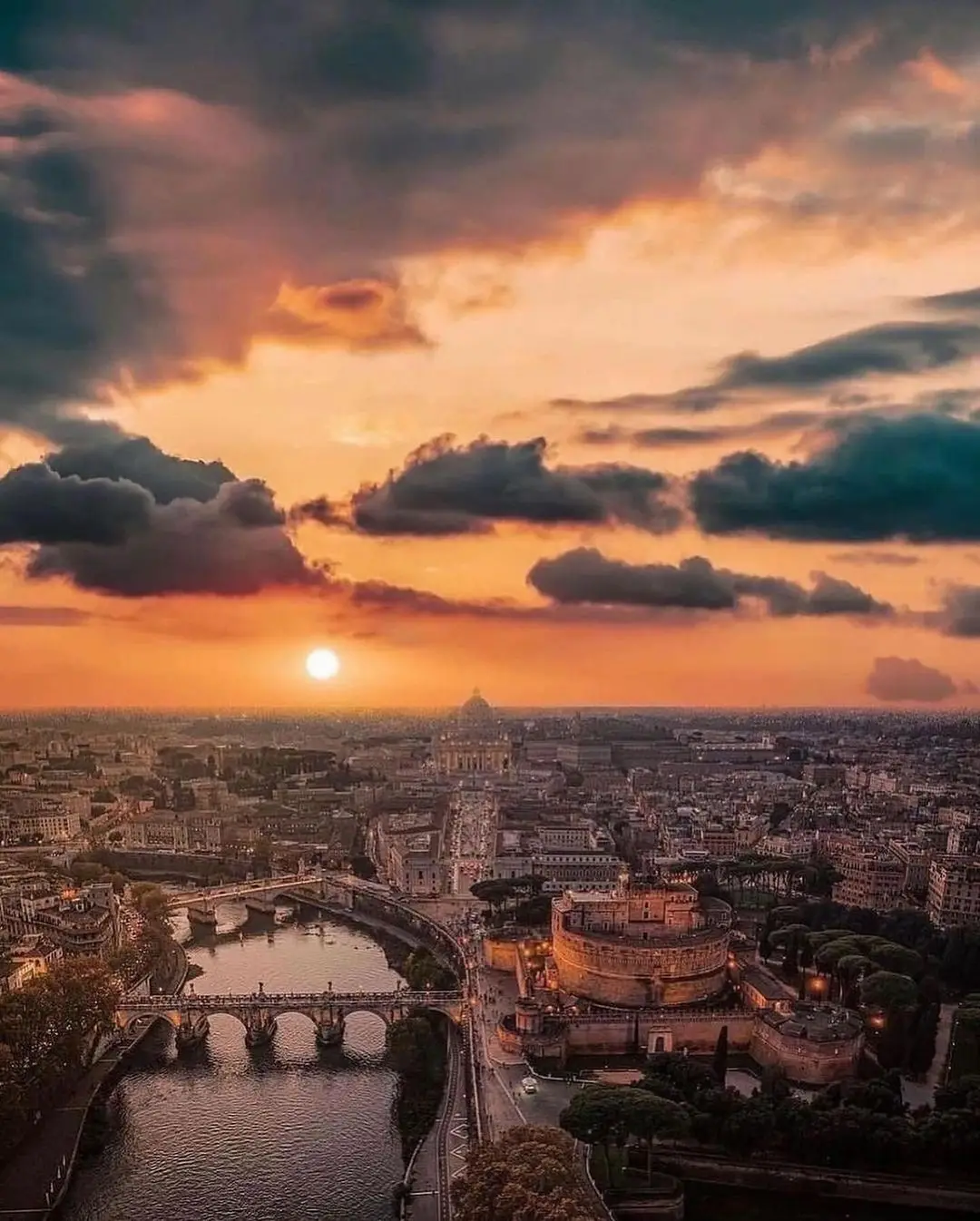
How Safe Are the Italian Tourist Spots?
Italy is one of the most culturally and historically rich countries in the world, with landscapes that make the country a wonderful place and famous monuments. From the noisy streets of Rome to the silent canals of Venice and art treasures in Florence, to the panoramic beauty along the Amalfi Coast, the charm is endless, and it continues to record millions every year.
However, like all other travel destinations, safety is a prime concern for the visiting tourist. This article therefore gives an overview of the safety of Italian tourist spots, along with some practical tips to ensure the safety of visitors while experiencing the beauty of Italy.
In essence, Italy is pretty much a safe country to visit. Violent crime rates are at a low record, In comparison with other major tourist destinations around the world including Europe’s most distant islands than the American ones (vicious). The most common dangers related to safety proved to be minor offenses against tourists, such as pickpocketing and purse snatching, usually in crowded places like tourist attractions, public transportation, or large groups of people during big events.
Now, we are going to talk about some of the major tourist spots: Like
Rome: The capital city is full of ancient history and includes highly known places such as the Colosseum and Vatican City. This makes it one of the top destinations for millions of visitors every year. Roma is considered a quite safe city; in 2021, it was ranked at 29th place in the Economist’s safe city index. Violent crime against visitors is almost below par; however, pickpocketing and bag snatching are common problems, more so in areas specifically visiting by common tourists and on public transport.
Florence: This city of art and architectural beauty is comparatively safe, but even this overcrowding still avails the pickpockets with instances of operation; Uffizi Gallery and especially at Ponte Vecchio. Most tourist spots will have a considerable number of police and military during the day and night. Still, every tourist has to keep his eyes open for some unpleasant moments of the trip.
Venice: one of the cities with famous canals and romance overflows is generally safe. Here, the most significant risk is connected with water safety and transportation. Visitors shall be vigilant in using the canals, following the local advice concerning water traffic. In addition, the crowded areas and public transport still need vigilance from tourists.
Milan: Being the Italian city of fashion and finance, it has higher rates of crime compared to the other Italian cities. Small crimes mostly through pickpocketing and bag grabbing are seen quite often in the touristy and crowded areas like Piazza del Duomo, near the central station, and Galleria Vittorio Emanuele Il. Visitors should be more careful and avoid dark alleys and lonely places at night.
Naples: All in all, it has a bad reputation regarding crimes, mainly thefts and different kinds of swindles. However, as a whole, this city is safe for tourists who maintain proper precautions. Staying out of sparsely occupied areas at night, watching out for one’s surroundings, and keeping oneself away from overly aggressive street sellers are some ways to have a safe visit.
Tuscany: Very flat, the countryside stretches out for miles with hills and vineyards disappearing into the distance; cities, such as Siena and Pisa, date back through history. There is no danger, really—crime rates are low, and so is the atmosphere, relaxed for tourists who come to see the beauty and culture of the area.
Cinque Terre: As the name sounds, five colorful towns on the Ligurian coast, otherwise known as Cinque Terre, present a strong cobblestone haven that many hikers and nature enthusiasts like to get into. On the other hand, while the place is very safe for the tourists’ promenade, extra care on trails should be paid for during their visit, which sometimes stands steeply inclined and challenging.
Umbria: Known as the “green heart of Italy,” Umbria boasts medieval towns and landscapes. Places like Assisi and Perugia are safe and give a quiet retreat from the more crowded destinations of tourism.
Amalfi Coast: means views of the dramatic coastline with picturesque towns like Positano and Amalfi. While generally a safe area, it has some hazards in terms of traffic care needs to be taken on narrow and winding roads and careful swimming in the sea as currents can be strong.
Sicily: The land of Sicily is characterized by a kaleidoscope of history, culture, and natural beauty. While cities such as Palermo and Catania have higher crime rates, rural areas and smaller towns are much safer. Avoid isolated areas at night and stay in well-known areas.
How to Stay Safe in Italy: Practical Tips
The following practical tips will ensure that this is going to be a very safe and lovely trip to Italy for tourists:
Be Informed: Before your departure, consult travel advisories and local news updates for any potential safety or health risks and unrest.
Safeguard yourself and your belongings: utilize anti-theft bags and keep your valuables close to your body. Never carry substantial amounts of cash; carry credit cards whenever possible. Exercise added caution in crowded areas every time you use the machines to withdraw cash.
Be vigilant at all times: Pay attention to your surroundings, particularly in crowded venues and when using public transportation. Make sure your belongings are not out of your sight, not to be carried away, and to not be easily distracted with too much use of cellular gadgets.
Utilize reliable conveyance: never ride unknown vehicles; only choose reliable modes of transportation. Use official taxis, reputable ride-sharing services, or public transport systems. Avoid accepting rides from strangers.
Learn All the Emergency Contact Numbers: Get to familiarize yourself with all the local numbers to dial in cases of emergency; in Italy for police, 112, for medical emergencies, 118.
Learn some simple Italian phrases: Just knowing a few very basic phrases from Italian could really come in handy in times of trouble and also can make one’s conversation with the local population easy and pleasant.
Travel insurance: Comprehensive insurance can provide great peace of mind covering unforeseen medical emergencies, cancellation of trips, and loss of belongings.
Let me share a personal experience with you.
Last February, I went to Ovindoli (Monte della Magnola) with my family members. On the way back, we took a coffee break. Then somehow my wallet got lost, which I didn’t understand. After returning home at night, I realized that I had lost my wallet. I had several important documents and bank cards with around 500 euros in my wallet. At first, I was a bit disappointed. The next morning, after much searching, I could not find the wallet. Not finding it, I went to the police station and informed them that my wallet was missing. Then I returned home. After that, two policemen came to my house in the afternoon and said that they had found my wallet. They told me to go to the police station and bring the wallet. Their news made me very happy. I asked them how they found the wallet? They said that an Italian passerby saw my wallet lying on the road and reported it to the police station. Then I went to the police station and brought the wallet. I checked my wallet and found that all my documents and the amount of money were precise. How beautiful isn’t it?
While Italian tourist spots are generally safe, they still demand a certain level of caution and awareness. Keeping oneself up-to-date on what to expect when one arrives in Italy, taking practical precautions, and showing respect for the local way of life are all ways by which tourists can enjoy a safe and memorable time within that beautiful country. Discovering the ruins of ancient Rome, cruising down the Venice canals, or simply gazing at some wonderful art in Florence—there is so much heritage and pure beauty waiting to be uncovered when traveling to Italy, but only if one is prepared to see it safely.
Share on Social Platforms

Daudul Islam
I arrived in Italy in 2019 on a family visa. I have gained new experiences after coming to Italy. I am a professional pizza maker. I’m a resident of Italy. I can speak Italian well. I have an Italian driver’s license. I have created Diary Italia to make your way easier.
